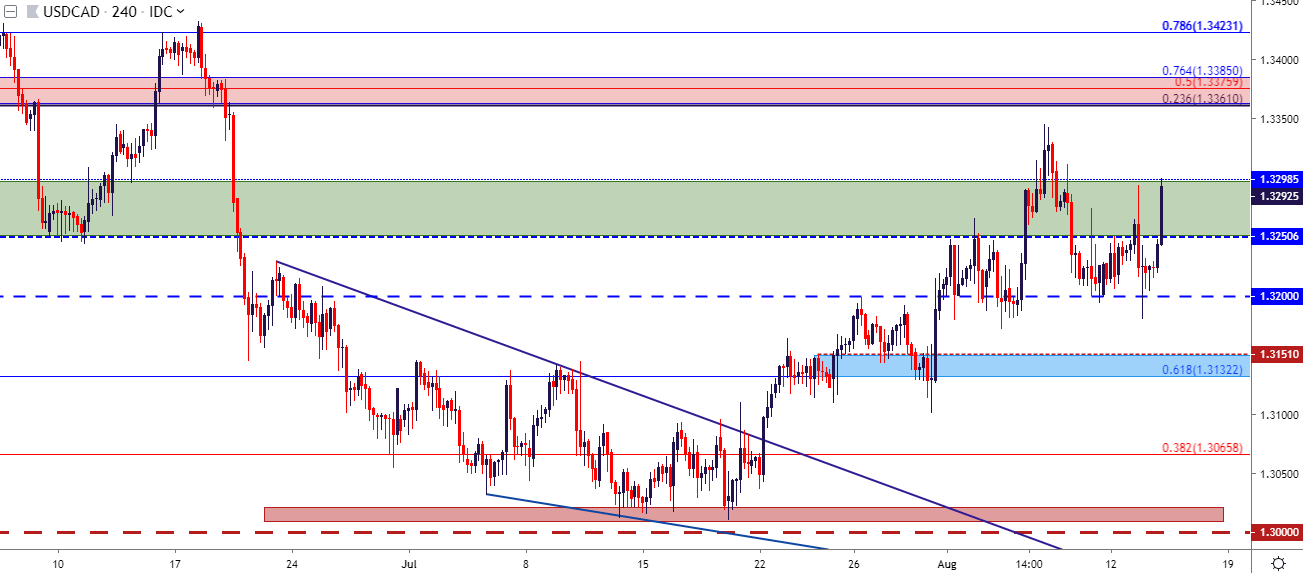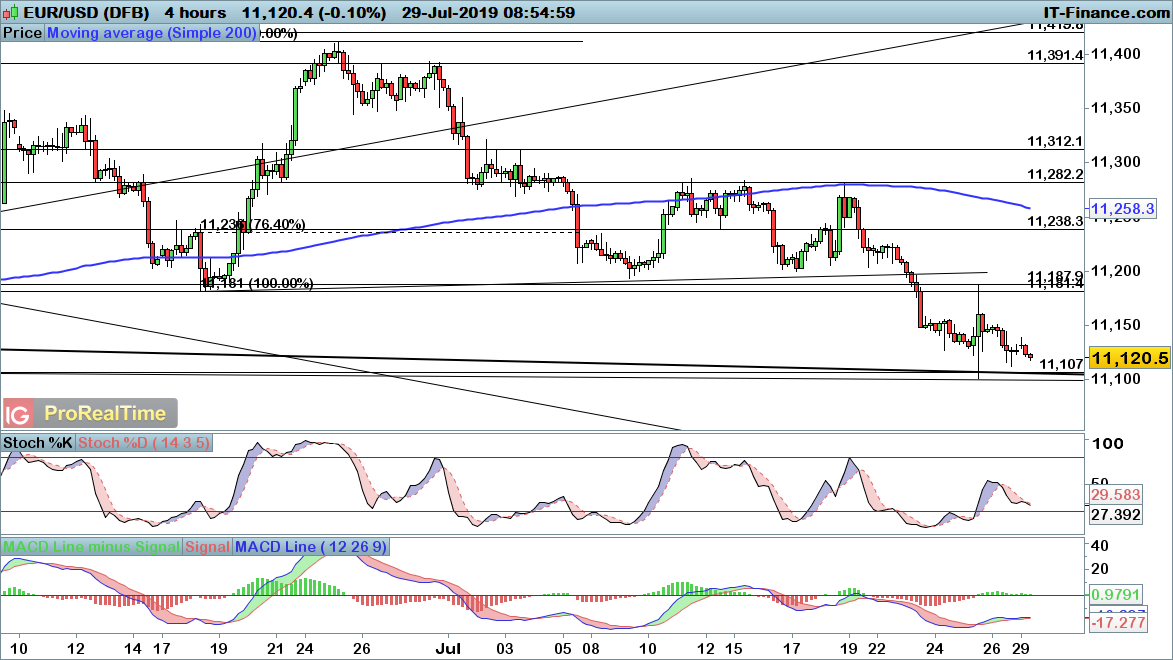
Hence, when the new decimal coins were introduced in 1858, the colony's currency became aligned with the U.S. However, in 1857, the decision was made to introduce a decimal coinage into the Province of Canada in conjunction with the U.S. The British government in principle allowed for a decimal coinage but nevertheless held out the hope that a sterling unit would be chosen under the name of "royal". Sterling coinage was made legal tender and all other silver coins were demonetized. No coinage was provided for under the 1853 act. This gold standard was introduced with the gold sovereign being legal tender at £1 = US$ 4.86 + 2⁄ 3. In response to British concerns, in 1853, an act of the Parliament of the Province of Canada introduced the gold standard into the colony, based on both the British gold sovereign and the American gold eagle coins. The idea was that the decimal coins would correspond to exact amounts in relation to the U.S. In 1851, the Parliament of the Province of Canada passed an act for the purposes of introducing a pound sterling unit in conjunction with decimal fractional coinage.

Thus, the new Canadian pound was worth 16 shillings and 5.3 pence sterling. The new Canadian pound was equal to four US dollars (92.88 grains gold), making one pound sterling equal to 1 pound, 4 shillings, and 4 pence Canadian. In 1841, the Province of Canada adopted a new system based on the Halifax rating. The British North American provinces nonetheless gradually adopted currencies tied to the American dollar.Ĭurrencies used in Canada and its predecessors The British North American provinces, for reasons of practicality in relation to the increasing trade with the neighbouring United States, had a desire to assimilate their currencies with the American unit, but the imperial authorities in London still preferred sterling as the sole currency throughout the British Empire.

The 1850s in Canada were a decade of debate over whether to adopt a sterling monetary system or a decimal monetary system based on the US dollar. Main article: History of the Canadian dollar Huard, piastre (pronounced piasse in popular usage) (in French) (in English) and sou (colloquial in French)


 0 kommentar(er)
0 kommentar(er)
